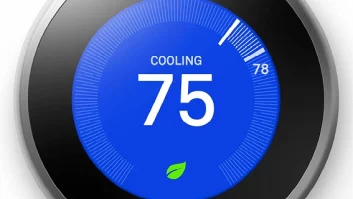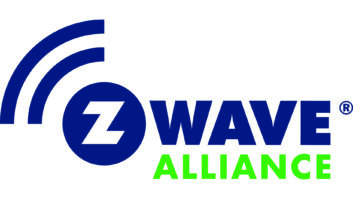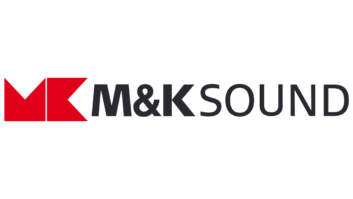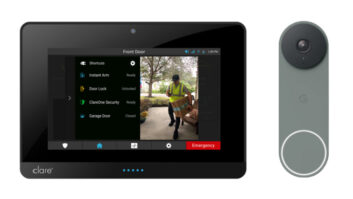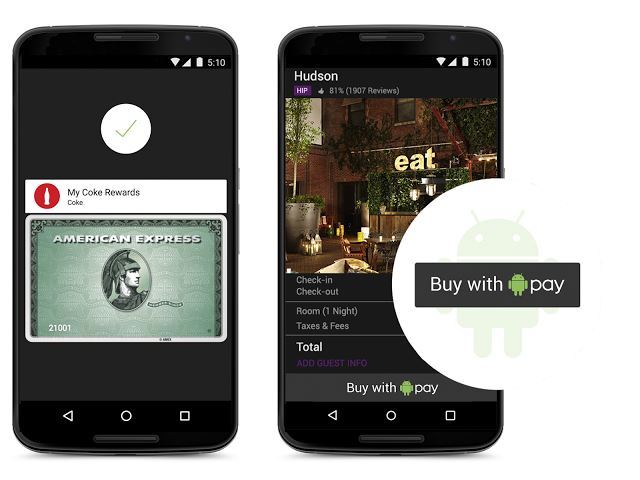
San Francisco – Google used its I/O developers conference yesterday to preview the next version of Android, announce a renewed effort in mobile payments to challenge Apple Pay, and unveil an IoT platform that embraces home automation.
The next generation of Android, called M, will be released to end users sometime later this year, executives said. The new mobile-payment effort, called Android Pay, will launch at the end of the year to make in-app purchases and in-store NFC-based tap-to-pay purchases. More than 700,000 stores will participate, and the technology will be available preinstalled on Verizon, AT&T and T-Mobile phones.
For its IoT effort, Google will make developer software available in the fourth quarter for its Android-based Brillo iOT OS and a common Weave communication layer, which enables IoT devices to talk to one another, to a phone, and to the Cloud.
Here’s what the company revealed:
Android M: The 6.0 OS will support Android Pay and add support for fingerprint recognition, which can be used in conjunction with Android Pay and used to unlock a phone.
The OS will also extend battery life by using motion detection to determine if the device has been left unattended for a while. If so, Android will cut back background activity, “trading off a little bit of app freshness for longer battery life,” the company said.
Another feature, called Now on Tap, lets users access information via Google Now wherever they are on their device. For example, if a friend texts about having dinner at a new restaurant, the phone user doesn’t have to leave the texting app to launch Google Now to get reviews about the restaurant, menus, and how to get there. “Using just that context, Google can find menus, reviews, help you book a table, navigate there, and deep link you into relevant apps,” the company said.
The M release also supports USB-C connectors and gives users more control over granting app permissions. An app will ask for permissions when launched. Users can also manage permissions in settings. Permissions will also be flexible. If an app asks for access to the camera and microphone, for example, users can choose to grant both, one or none.
Android Pay: Though the Google Wallet mobile-payment platform didn’t get traction, Google expects Android Pay will, in part because a carrier consortium dropped its own plans for a mobile-payment platform.
Android Pay will soon be accepted in more than 700,000 store locations and in more than 1,000 Android apps, the company said. It will also integrate with reward programs.
Retailers participating in Android Pay include Aeropostale, American Eagle Outfitters, Best Buy, Bloomingdale’s, Coca Cola, GameStop, Jamba Juice, Jet Blue, Macy’s, McDonald’s, Office Max, Office Depot, Panera Bread, Pepsi, Petco, Sports Authority, Staples, Subway, Toys ‘R Us, Walgreen’s, and Whole Foods.
The company partnered with top payments processors including Braintree, CyberSource, First Data, Stripe and Vantiv. Google also enlisted all major payment networks in the U.S., including American Express, Discover, MasterCard and Visa to deliver industry-standard security tokenization.
With Android Pay, users will pay using credit or debit cards. By enabling bank apps to integrate with the platform, Android Pay lets users add their credit and debit cards directly from bank apps for use with Android Pay.
For security, Android Pay won’t send a user’s actual credit or debit card number for a transaction, instead sending a virtual account number.
IoT Strategy: For its IoT effort, Google created its Android-based Brillo OS and a common communications layer, called Weave, to enable IoT devices to talk to one another, to a phone, and to the Cloud, the company said.
Weave will enable IoT devices to discover one another and announce their capabilities to other devices in much the same way that Apple’s HomeKit platform enables.
A preview of Brillo will be available in the third quarter, and developer tools will be available in the fourth quarter.
It wasn’t clear whether Google plans to incorporate technology from the Thread Group, which is led by Google-owned Nest to create a wireless mesh-network standard for home automation.
Thread’s planed wireless home-automation standard incorporates the physical and media access control (MAC) layers of the existing IEEE 802.15.4 wireless mesh-network standard, which also forms the basis of the existing ZigBee home automation technology. Thread, however, is leaving it up to individual suppliers to choose their own application layer with command protocols. If different vendors choose incompatible applications layers, Thread-enabled products from one vendor won’t interoperate with another vendor’s Thread products.





